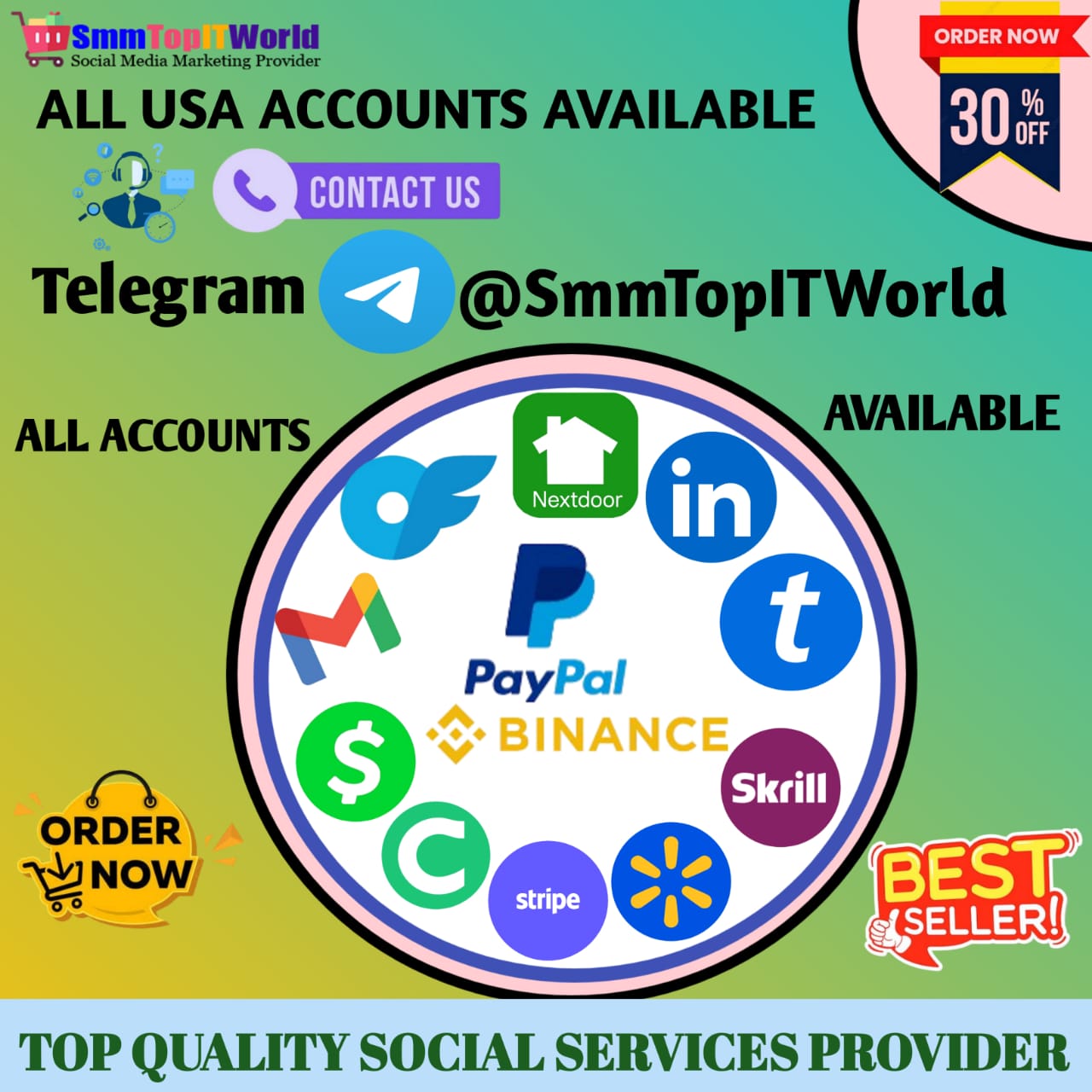Navigating the Global Talent Landscape: A Comprehensive Guide to Building a Sustainable Talent Pipeline for International Markets

Expanding into international markets presents a unique set of challenges, particularly when it comes to finding and retaining the right talent. For companies operating across borders, building a sustainable talent pipeline is not just a good strategy—it's a competitive necessity. Here's how to create an international talent pipeline that delivers long-term value and supports global scalability:

- Understand the local workforce: Each country has its own talent dynamics, wage expectations, legal requirements, and cultural nuances. Partnering with a global recruitment agency like DeltaReco can help bridge these knowledge gaps and guide you in sourcing talent that fits both local expectations and your business objectives. Thorough market mapping is key to avoiding costly hiring mistakes.
- Leverage employer branding: Your employer brand is what attracts international candidates—even before you post a job. Make sure your company is positioned as an inclusive, growth-oriented, and global employer. Use your website, social media, and review platforms like Glassdoor to showcase employee stories, diversity, and career development opportunities. International candidates are drawn to organizations that invest in people and demonstrate long-term vision.
- Build strategic talent pools: Start identifying and grouping candidates by skill set, geography, language, and industry expertise. Use tools like applicant tracking systems (ATS) and CRM platforms to manage talent pools efficiently. For international markets, segment candidates by region—Europe, MENA, APAC, etc.—so you can respond quickly to project needs or sudden expansion opportunities. Pre-screened and segmented databases can cut hiring timelines significantly.
- Invest in international partnerships: Work with local recruitment consultants, universities, trade associations, and training institutions. These partnerships can help you access pre-qualified candidates, especially for niche roles in sectors like oil & gas, marine, construction, or healthcare. They also help with compliance, cultural alignment, and local onboarding. Strategic partnerships allow companies to scale without stretching their internal HR capabilities.
- Prioritize talent readiness and mobility: Your international pipeline should focus on candidates who are job-ready and globally mobile. This includes professionals with valid passports, visas (or openness to relocation), international certifications, and multilingual skills. Ensure your recruitment partner conducts background checks, documentation, and visa facilitation. The ability to deploy quickly is critical for project-based hiring.
- Use data for proactive hiring: A strong talent pipeline should be proactive, not reactive. Monitor hiring trends, skill gaps, and workforce availability across key locations. Use predictive analytics to forecast future hiring needs based on expansion plans or seasonal demands, so you're never caught unprepared. Data-driven hiring reduces recruitment bottlenecks and enhances workforce planning.
- Nurture relationships with passive talent: Top international talent may not always be actively looking for jobs. Use email campaigns, LinkedIn outreach, and career newsletters to stay on their radar. Offer thought leadership content or invite them to webinars and virtual events to keep them engaged with your brand. Building trust over time ensures a strong relationship when they’re ready to move.
This comprehensive guide provides an invaluable insight into navigating the complex global talent landscape, offering practical advice and strategies for building a sustainable pipeline of international talents that can propel businesses forward amidst cultural diversity.
This comprehensive guide offers invaluable insights for navigating the ever-evolving global talent landscape, offering practical strategies to create a robust and sustainable pipeline of international talents.
This comprehensive guide offers a strategic blueprint for navigating the global talent landscape, empowering organizations to build robust and sustainable pipelines of international talents. It's an essential resource that leverages insightful analysis combined with practical tools & methods.














